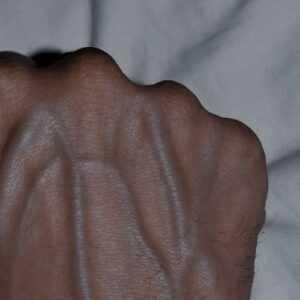When building a fence, most homeowners focus on practical needs
like marking boundaries, ensuring privacy, or improving security.
But one often-overlooked rule of fence etiquette can make a big difference:
the more attractive, finished side of the fence should face your neighbor.
This small act of courtesy fosters goodwill and shows respect for
those living nearby. It helps maintain positive relationships and
avoids unnecessary tension or disputes. Conversely, placing the
less attractive side toward neighbors can appear thoughtless or inconsiderate.
Beyond social etiquette, there may also be legal implications.
In many areas, local building codes require that the finished side
of a fence face outward. Violating these codes could lead to fines,
legal action, or demands to rebuild the fence entirely.
From a visual standpoint, an outward-facing finished side also enhances
your home’s curb appeal. It creates a polished, cohesive
look—especially important if the fence is visible from the street.
On the other hand, exposed posts and rails may appear incomplete or uninviting.
To avoid issues, homeowners should review local regulations,
communicate with neighbors before installation, consider double-sided fence designs,
and plan for regular upkeep. Following these simple steps not only
reflects thoughtful ownership but also helps ensure peace and harmony between properties.





